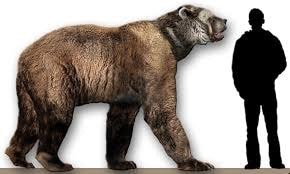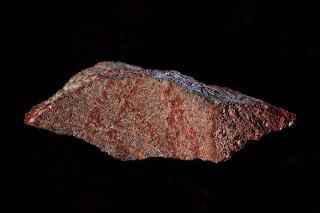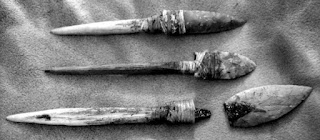A paper was pulished in Scientific Reports, February 2018, on the archaeological site of Porto Maior, above the Mino River basin in northwest Spain. 3,698 stone artifacts were found, in situ, dating from around 200,000 to 300,000 years old. Distinctive were the large cutting tools - handaxes, cleavers, trihedral picks and choppers, almost exclusively of quartzite. Lab analysis showed they were used on site, on wood and bone, probably to break up carcasses, and abandoned. The unique aspect of the assemblage is that it is the first European site discovered, of large cutting tools, that were more relevant in size and weight to assemblages found in Africa and the Near East, than the smaller Acheulean tools of Europe. Archaeologists speculate that there were multiple human lineages living in southwest Europe, with alternative stone tool technologies, around the same period. You can find the story and a link to the Scientific Reports article at:
https://phys.org/news/2018-02-giant-handaxes-groups-early-humans.html






























